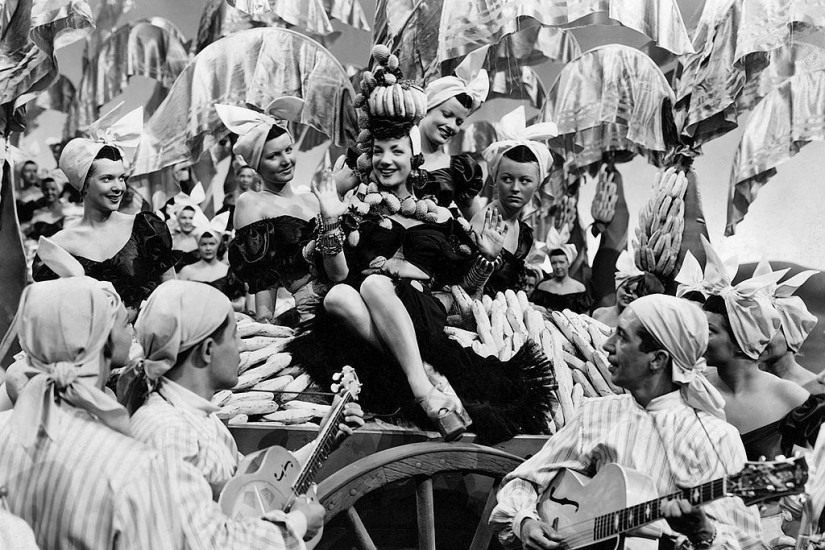If we want to understand continuity and change in film history, it’s useful to assume that cultural attitudes, memes, sticky ideas, and the like serve as materials for movie making. They’re selected and sculpted by filmmakers and the pressures of cinematic tradition. They’re modified by context. As in other art forms, filmmakers swipe cultural elements and submit them to the demands of their craft.
Take amnesia. With so many 1940s characters suffering from it, we’re tempted to interpret their plight as reflecting wider forces. One critic proposes that films featuring amnesia (like movies about angels and ghosts) were the culture’s way of offering solace to those who lost loved ones. A more academic critic might suggest that broader anxieties within American society led to a fascination with “a loss of cultural memory.” But exactly how the U.S. population, 130 million strong, induced Hollywood to make such movies is never explained.
There’s no disputing that a great many 1940s Hollywood films involve amnesia—over seventy, by one count. But we can find over sixty amnesia-driven releases in the 1910s, about fifty in the 1920s, and at least forty in the 1930s. Amnesia is rare in real life but common in movies.
And not only movies. It’s a treasured plot resource throughout the world’s literature. Clinicians may deplore the fact that creative writers almost never represent amnesia accurately, but fictional versions answer to narrative demands, which often care little about realism. Movie amnesia is only one step above the “magic forgetting” we find in folk tales. Folklorists have compiled catalogs of amnesia motifs, such as “forgotten fiancées” and “forgetting by stumbling.” Great authors from Homer and Shakespeare to Dickens and Balzac have had recourse to amnesia, and it has been a common device for modern writers, high and low. The river Lethe, the lotus fields of the Odyssey, the laudanum that causes memory loss in The Moonstone, the problems plaguing the protagonist of Memento (1999)—across the ages, memory breakdowns afford storytellers a wide range of creative options.
I suggest we be cold-blooded and take amnesia not as a symptom of audience anxieties but as a reliable narrative device. News of battle injuries and home front breakdowns offered forties filmmakers a realistic alibi for stories of memory loss. Whatever sympathies a screenwriter may have had for wounded vets or tormented housewives, craft conventions made amnesia an attractive option.
